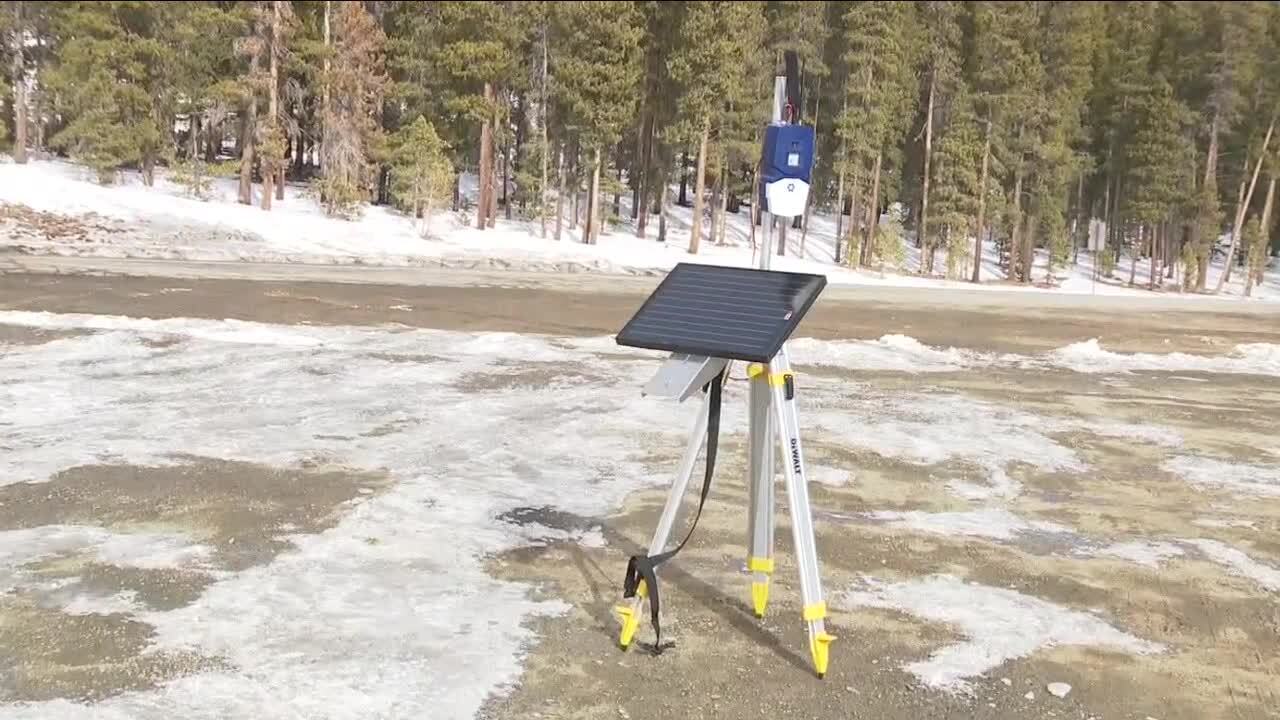GILPIN COUNTY, Colo. — As officials continue to investigate the cause of the Marshall Fire, which destroyed more than a 1,000 homes, the rest of Colorado has been reflecting on their own ability to combat such a fire.
"Gilpin County is plagued with the issue of one way in and one way out roads," said Nathan Whittington, spokesperson for the Gilpin County Office of Emergency Management.
The ability to evacuate becomes an even bigger concern when considering the thick trees and dry brush that surround the county's population of about 6,000, along with the tens of thousands of families that recreate in the area at times, according to Gilpin County Sheriff Kevin Armstrong.
"We need as much time as possible that we can to get those people out," Armstrong said. "We all know that the Marshal Fire took off like gangbusters."
In hopes of preventing another destructive wildfire, the county is testing out new technology, known as N5 sensors, that can alert first responders of a newly sparked fire early.

"We can detect a fire from about half mile to a mile away," said Debra Deininger, a representative of the company N5 Sensors. "The sensors detect particulates, gases and infrared signatures, and looking at the signature combined from all three of those, we can tell if there's a fire."
A prototype of the N5 sensor was first available for testing last year in California in controlled situations. Last week, Gilpin County became the first place the sensor detected a fire in a real-life situation.
"We left the sensors out overnight, and that was actually the first time that we saw an unplanned signature and we're able to report it," Deininger said.
The sensors detected signatures of a flame from a controlled burn that forestry crews were unaware of 36 minutes before a human did, according to Whittington.
"The sensor actually indicated that one of the [burn] piles was igniting at 8 p.m. at night, and we were able to get a 36 minute head start before an actual 911 call came in," Whittington said.
That amount of time can make all the difference, which is why the county would like to place roughly 150 N5 sensors near subdivisions and other vulnerable areas.
Denver7 asked the state whether they would consider this technology elsewhere, should it be proven to be effective. The state's Division of Fire Prevention and Control said in part, "We are prepared to support fire departments and counties with preparedness and planning, early detection, aggressive initial attack efforts, and management of extended attack fires."


